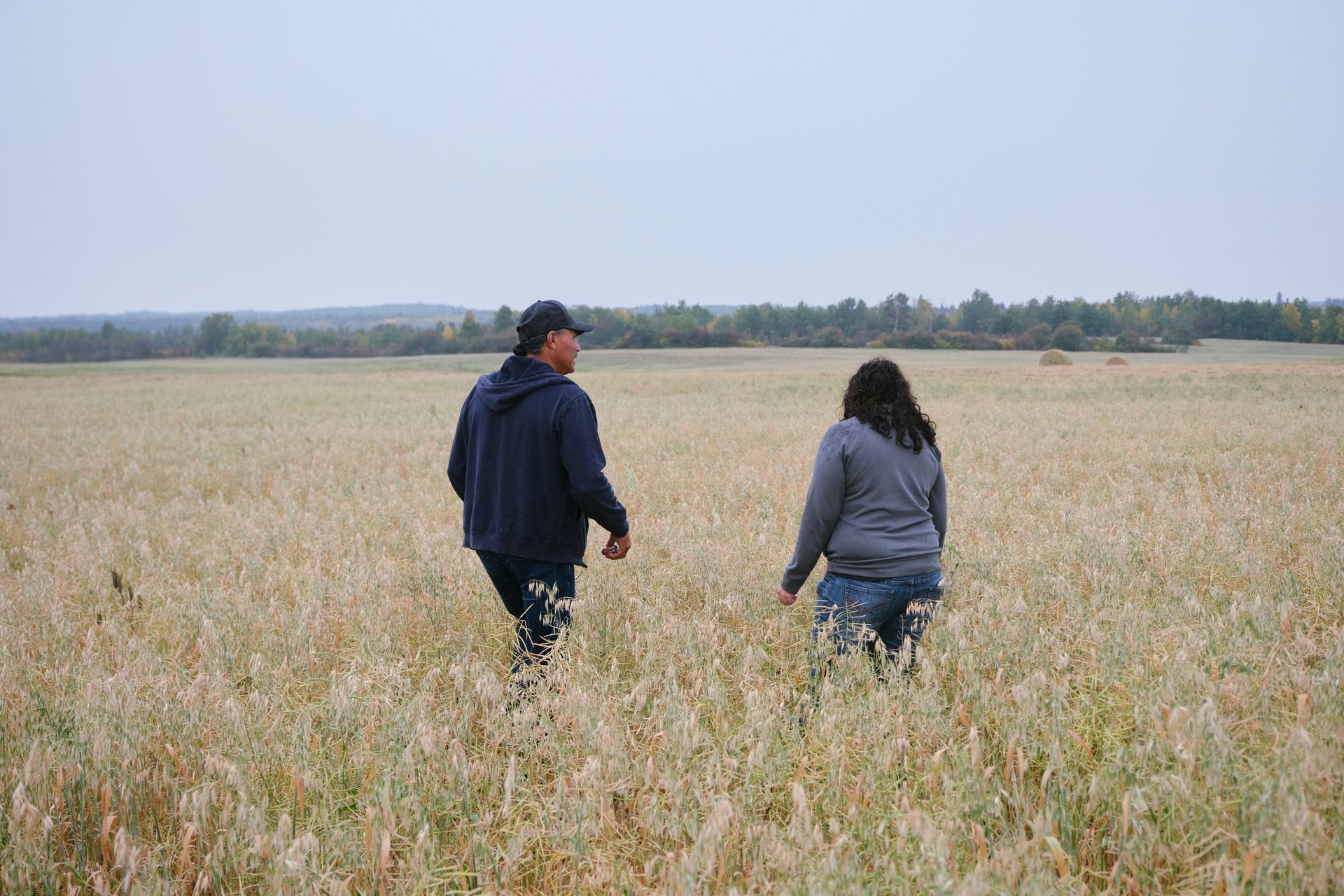Modern agriculture faces a paradox: the push to feed more people while risking the health of ecosystems and livelihoods. Conventional agriculture has boosted productivity, but it relies heavily on chemicals and uniform landscapes. This way of farming leaves little to no room for wildlife habitat, and increases input costs for producers while adding pressure to wetlands and soils.
The Chemical Catch-22
More chemicals = more resistance = more cost = weaker results.
The Wetland Trade-Off
Over the decades, countless wetlands have been filled in, tiled, or farmed over to make more room for cropland. This may seem like a quick fix to gain usable acres and make the field easier for equipment to navigate, but it comes with real trade-offs. Wetlands filter runoff, support wildlife, hold water during wet years, preserve moisture during dry years, and help regulate climate. Once drained, these natural functions are hard to get back.
The Real Costs of Tree Loss
The removal of tree cover is also transforming the agricultural landscape. Shelterbelts and tree patches are being cleared to make room for larger, uninterrupted fields that are easier for equipment to manage. This may seem like an easy way to boost efficiency, but removing these areas also removes natural windbreaks for wind protection, wildlife habitat, carbon storage, and moisture regulation.
Farming With Nature
The good news? A new path forward is already taking shape.
Farmers across the Prairies and around the world are proving that farming with nature doesn’t mean sacrificing profits or productivity. Producers in Saskatchewan are experimenting with practices like cover cropping, intercropping, slow-release fertilizers and variable rate applications. As a result, these producers are already seeing lower input costs, improved yields, healthier soils, and more wildlife activity.

